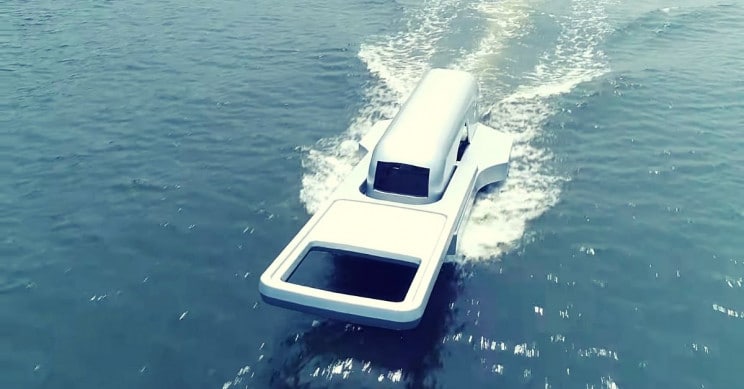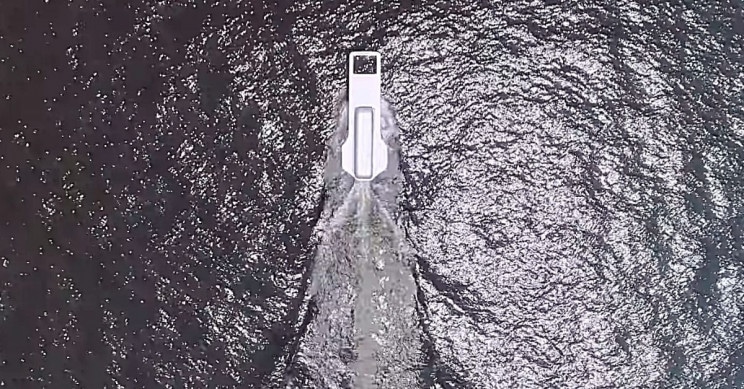Tokyo’s Sumida river just got unzipped by a zipper-shaped cruise ship. The zipper ship will be carrying passengers in the future just the same as any other ship would do.
Watching the zip ship cruise through the Sumida river presented a fascinating sight for the viewers nearby. And as the giant zipper-shaped boat powered through the blue waters, it created an effect of endless un-zipping.
Its makers have named it ‘Zip-Fastener Ship,’ and is a brain-child of Japanese artist Yasuhiro Suzuki. The zipper ship project collaborated between Yasuhiro and ‘Opening the River,’ a firm that works on outdoor installations.

Suzuki, the artist behind this project, is famous for deriving ideas from common objects and turning them into marvels like this zip-fastener ship. Initially, this build came to his mind while he was on a flight and looked down into Tokyo Bay. And back at that time, Suzuki even made a scale model. However, years ago, the incident for the first thoughts for the zipper ship came to him in 2004.
Suzuki said that the boat is modeled after a zipper, and as the vessels glide through the water, it makes its wake look like a zipper unzipping the sea in an endless act.
Zipper-Shaped Boat Will Be Carrying Passengers
One of Yasuhiro’s statements somewhat revealed the zipper ship’s seating capacity when he said it could carry passengers. It will be traveling between Takamatsu and Megijima while catering to a certain number of passengers.
The zipper boat underwent sea trials in August to assess its risk of rollover. However, the ship hasn’t received safety approval from authorities and hasn’t taken anyone on a sea ride.
Zipper-shaped boat unraveling the status of Earth
As mentioned earlier, Suzuki is pretty famous for his work and has received numerous awards inclusive of the Interactive Art Prize at the Digital Stadium Awards. The guy has been amazing the world with his design and artwork from the beginning of his professional career.

Some of his other famous works are Property of Water (2004) and the Globe Jungle’s Perspective (2001).
We don’t live in a perfect world, where each object performs its roles in sync with everything else. Few would want to because just as broken windows in New York are rooted with deep-cultural meanings, so too can a giant zipper-ship on the river lead us to ask ourselves strange but motivating questions.
At some point, we might come to think that how cultural objects — such as industrially-produced zippers — might unwind the planet amid the advance of the climate crisis.


